Reasons for ups and downs of land rent
 |
| It is necessary to review the needs and efficiency of land use to avoid inefficient land use or increasing land rents. Illustrative Photo |
According to current regulations, the bases for calculating land rent are specified in the 2013 Land Law (Clause 2, Article 108) including: land area; land lease term; land rental unit price; Types of land lease by the State (annual rental payment or full one-off rental payment for the entire lease period.).
The current law on land rent and water surface rent collection (in Decree No. 46/2014/ND-CP dated May 15, 2014 of the Government and documents amending, supplementing and guiding the implementation) stipulates that if the economic organization is leased land with annual rental payment by the State without going through an auction, the land rental unit price under the annual rental payment mode for each project shall be stable for five years from the date of land lease decision by the State. When the five-year ends, , the land rental unit price applied for the next period is determined by the land price multiplied by the land price adjustment coefficient, multiplied by the rate (%) set by the provincial People's Committee. The land price adjustment coefficient issued by the provincial People's Committee is applied from January 1 every year.
To be more specific about the current land lease policy, the Ministry of Finance said that the one-year average rate (%) of land rental unit price is 1%. Particularly for some special cases (with advantages, commercial and service center land or remote, difficult areas), the provincial People's Committee shall decide the rate, but it does not exceed 3%, nor less than 0.5%. The rate is promulgated by the Provincial People's Committee for each area and route corresponding to each land use purpose and publicly announced during the implementation process.
Thus, based on the provisions of the land law, the land rental payable of projects is high or low depending on four factors: the land area for lease; land rent price; percentage rate; State’s policies of deduction, exemption. In which, the percentage rate for calculating land rent is uniformly applied to all enterprises in the same locality, the same industry and the same land use purpose (the rate can be revised up or down depending on advantages of land use, land use purpose, land location). The percentage rate is similar for projects with the same purpose and land location. In addition, the land rent exemption and reduction policy mainly depends on the industries, fields and geographical areas eligible for investment incentives according to the principle that the same industry, field and area shall apply the same rate.
Thus, it can be seen that the factors mainly affecting the high or low land rent payable are land area and the land price. In which, the land area is determined at the land lease decision; much depends on the detailed construction planning of the project. The factor affecting the land rent is the land use coefficient (density, height of the work) under the guidance responsibility of the Ministry of Construction. The larger the land area is, the higher the land use coefficient is and the higher the land rent is. Businesses must balance the project's needs and the project's land use efficiency to propose the State to lease the appropriate land area.
Therefore, according to the Ministry of Finance, businesses and the People's Committees of the provinces must review the needs and efficiency of land use, to avoid inefficient land use or incurring land rents. In case, after balancing the demand for land use, businesses can return the land to the locality for the land area that is not really necessary for the business's production and business activities to reduce the cost of land rent, thereby ensuring the business efficiency of the project.
According to the provisions of the 2013 Land Law, the Provincial People's Committees develop and issue the local land price list every five years and publicly announce it on January 1 of the first year. Thus, the People's Committees of the provinces will issue the first land price list under the 2013 Land Law, which will be used stably for five years from January 1, 2015 to December 31, 2019; the land price list of the next period will be from January 1, 2020 to December 31, 2024. At the same time, the provincial People's Committee is responsible for directing collection and payment of land rents of local projects, including the contents of development and promulgation: land price list; land price adjustment coefficient; percentage rate of land rental; specific land price for calculation land rents of projects; decisions on land allocation and land lease... Currently, the regulation and determination of land prices, methods of determining land prices, etc. still have many problems and inadequacies. The Government is assigning the Ministry of Natural Resources and Environment to amend and supplement the Government's Decree No. 44/2014/ND-CP regulating land prices; and requesting to include land price content in the draft Land Law (amended).
 | Already extending and exempting hundreds of thousand billion dong |
Recently, a series of tourism businesses in Da Nang have complained the increasing land rent. In this regard, the Ministry of Finance said that the provisions of the law on land rent collection, land rent exemption and reduction according to the land law have been specified, stably applied across the country. Accordingly, the determination of land rent and land rent price is the responsibility of local authorities. The People's Committee of Da Nang City needs to review, have a specific assessment and handle issues within its competence.
Related News

Proposal extending 50% green tax cut for fuel products in 2025
09:32 | 07/11/2024 Regulations

Striving for average CPI not to exceed 4%
16:41 | 01/11/2024 Finance

Tax, fee, and land rent exemption, reduction, and deferral policies: a driving force for business recovery and growth
11:34 | 27/10/2024 Regulations
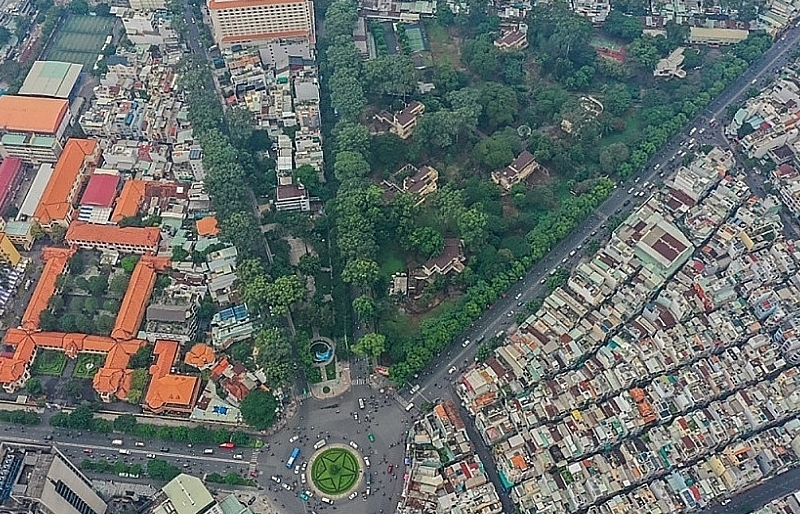
Accelerating decentralization in public asset management
11:26 | 26/10/2024 Finance
Latest News
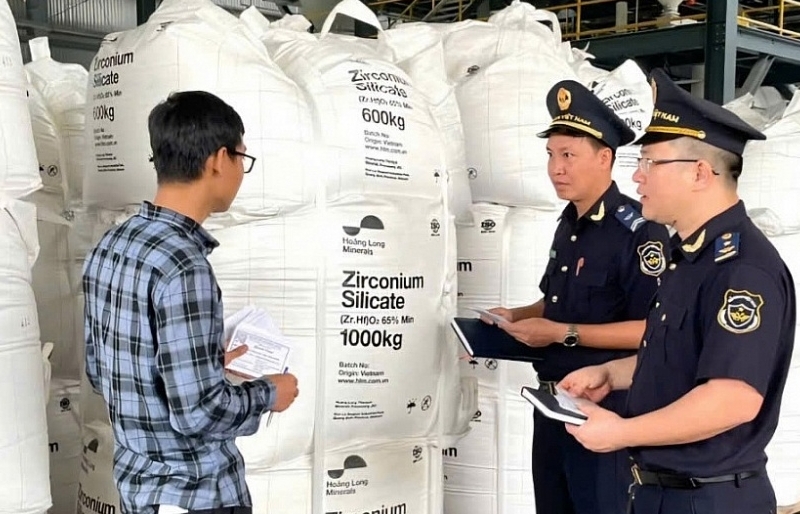
Resolve problems related to tax procedures and policies for businesses
13:54 | 22/12/2024 Regulations

New regulations on procurement, exploitation, and leasing of public assets
09:17 | 15/12/2024 Regulations

Actively listening to the voice of the business community
09:39 | 12/12/2024 Customs
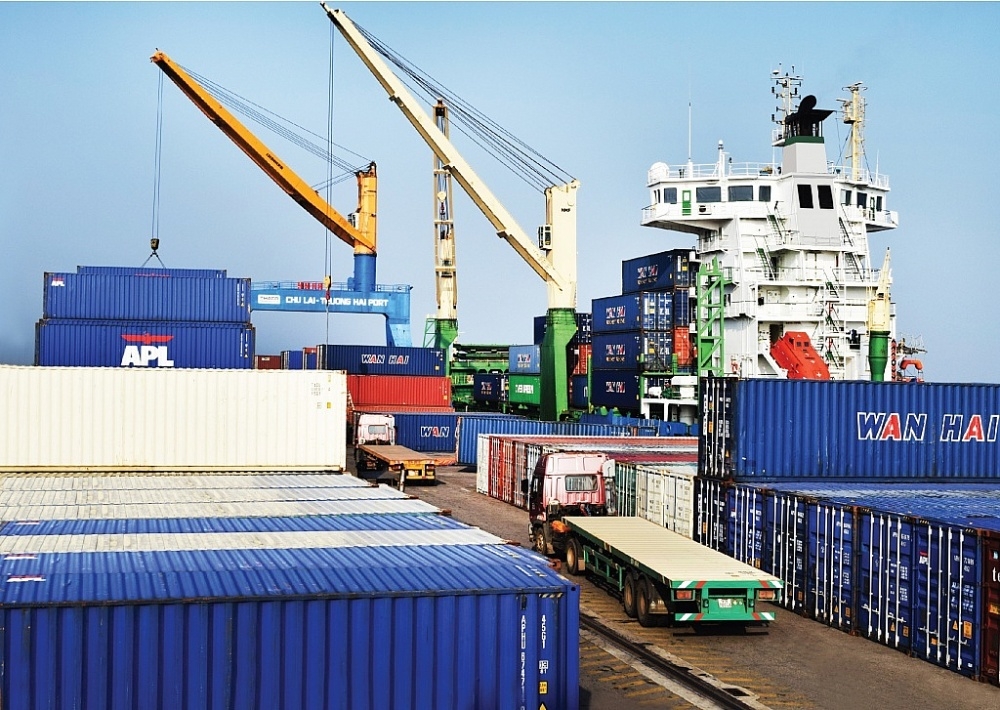
Step up negotiations on customs commitments within the FTA framework
09:44 | 08/12/2024 Regulations
More News
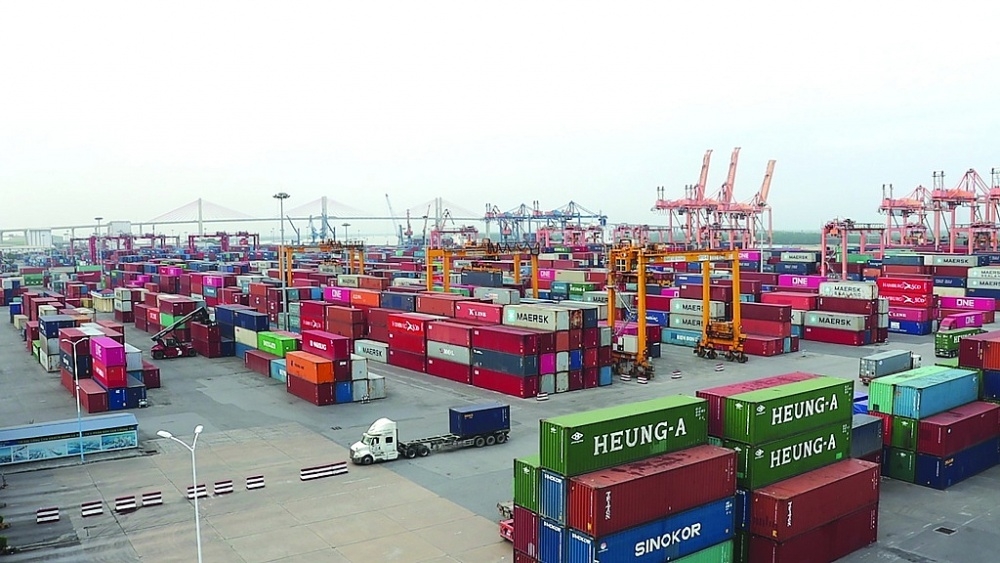
Proposal to amend regulations on goods circulation
13:45 | 06/12/2024 Regulations
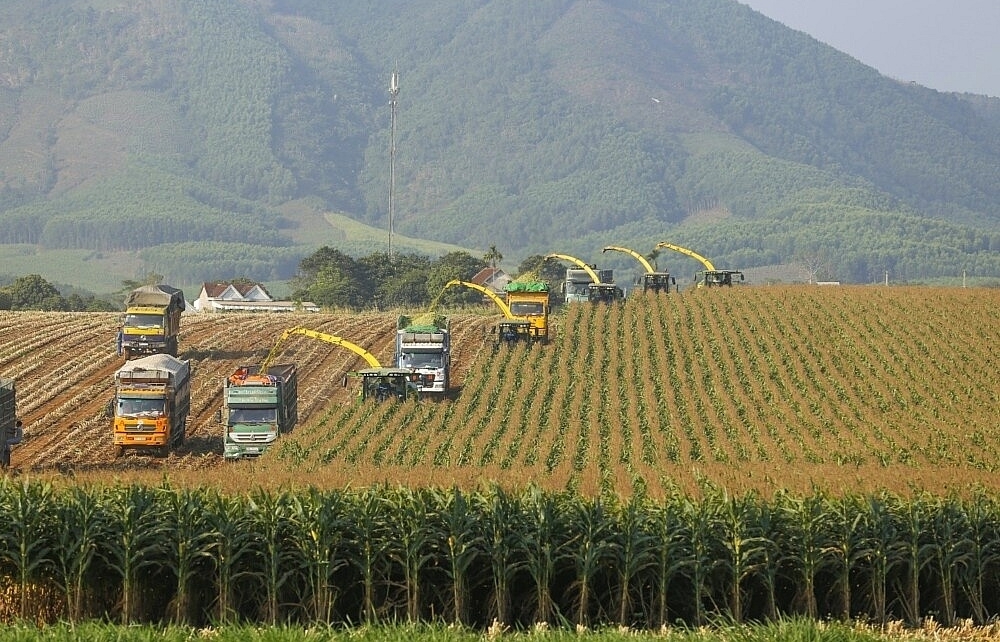
Review of VAT exemptions for imported machinery and equipment
10:31 | 05/12/2024 Regulations

Customs tightens oversight on e-commerce imports
13:39 | 04/12/2024 Regulations
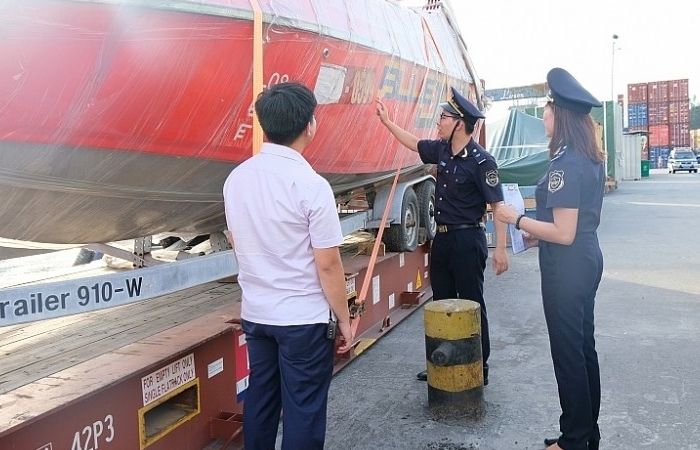
Bringing practical experience into customs management policy
13:48 | 03/12/2024 Regulations

Businesses anticipate new policies on customs procedures and supervision
15:41 | 29/11/2024 Regulations

Do exported foods need iodine supplementation?
11:06 | 29/11/2024 Regulations
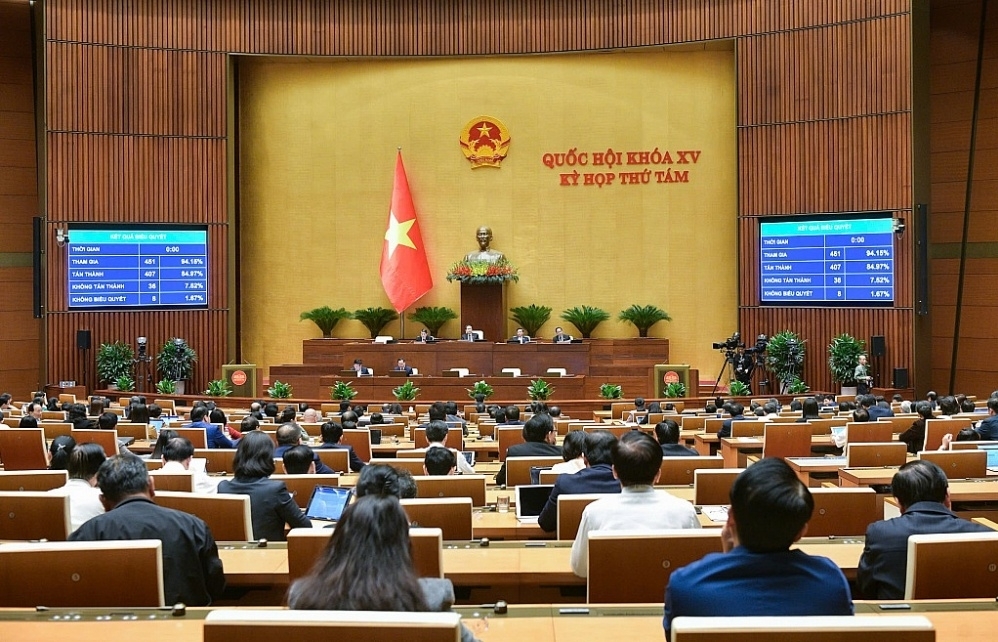
Amendments to the Value-Added Tax Law passed: Fertilizers to be taxed at 5%
13:43 | 28/11/2024 Regulations

Proposal to change the application time of new regulations on construction materials import
08:52 | 26/11/2024 Regulations

Ministry of Finance proposed to reduce VAT by 2% in the first 6 months of 2025
09:00 | 24/11/2024 Regulations
Your care

Resolve problems related to tax procedures and policies for businesses
13:54 | 22/12/2024 Regulations

New regulations on procurement, exploitation, and leasing of public assets
09:17 | 15/12/2024 Regulations

Actively listening to the voice of the business community
09:39 | 12/12/2024 Customs

Step up negotiations on customs commitments within the FTA framework
09:44 | 08/12/2024 Regulations

Proposal to amend regulations on goods circulation
13:45 | 06/12/2024 Regulations
